Draughtbusters – It’s easier than you think to set up! July 2023
That’s the message from Sustainable Wantage’s Draughtbusting team, who recently shared their experience of setting up their Draughtbusters project in Wantage, with other Low Carbon Hub and CAG community groups from across Oxfordshire, at a meeting at County Hall, Oxford.
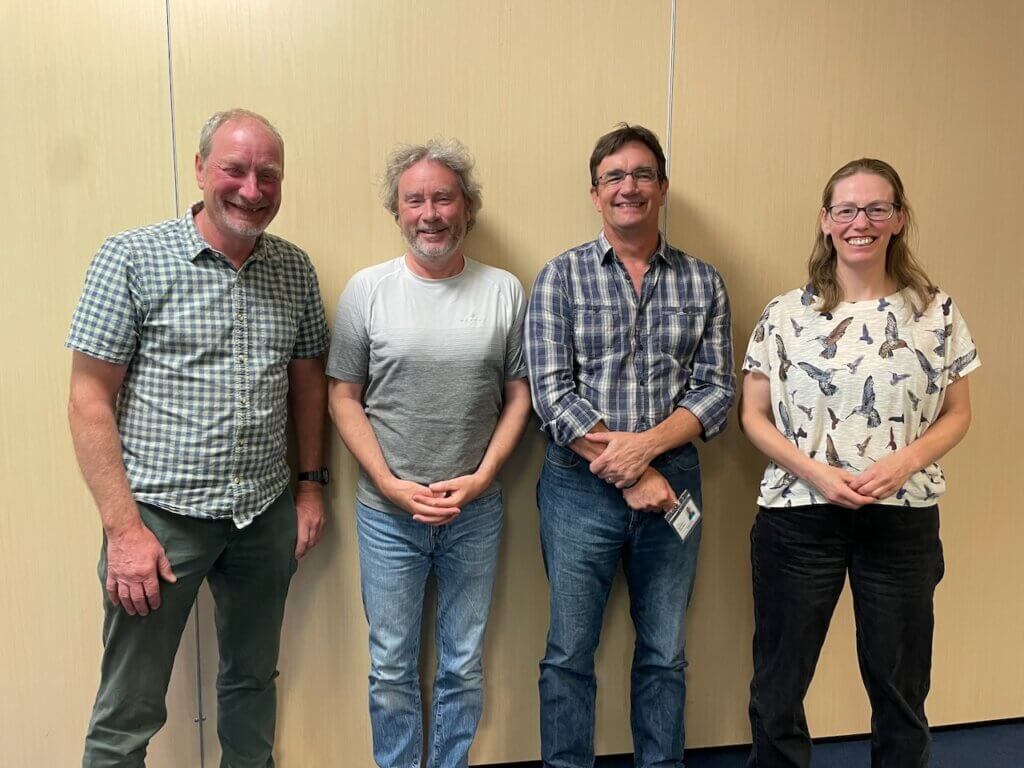
The evening was hosted by Low Carbon Hub, CAG Network and Oxfordshire County Council Retrofit Team, as many of our low carbon community groups are hoping to set up Draughtbusters in their communities, as a practical way to help people prepare for another winter of rising energy costs.
We were joined by Dale Hoyland, Oxfordshire County Council Retrofit lead and Jessie Fieth, Senior Climate Action Officer at South and Vale Climate Action Team, who provided advice on funding opportunities for energy saving measures for homes with low incomes in Oxfordshire. Dale opened the evening by outlining the current cost of living conditions, highlighting that over 23,000 households live in fuel poverty in Oxfordshire.
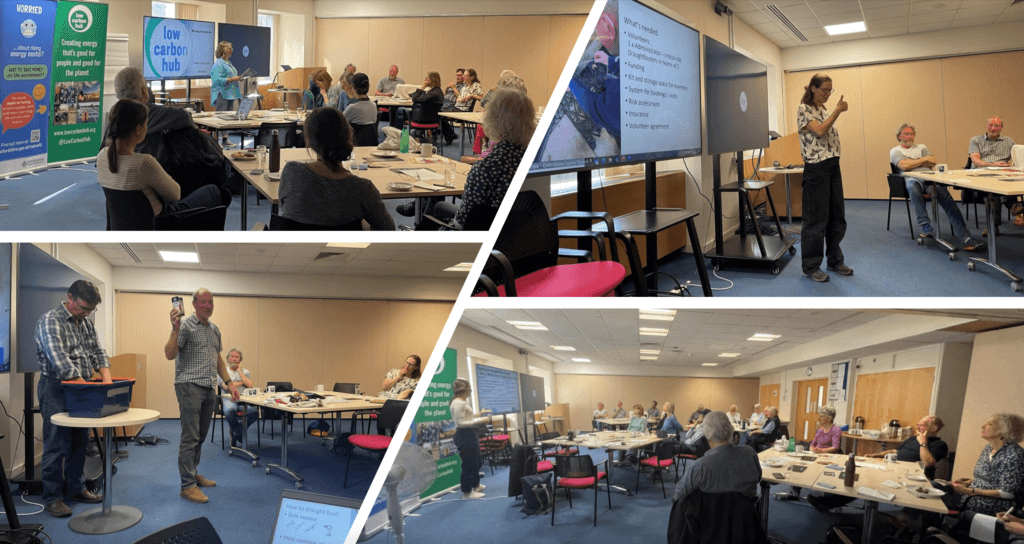
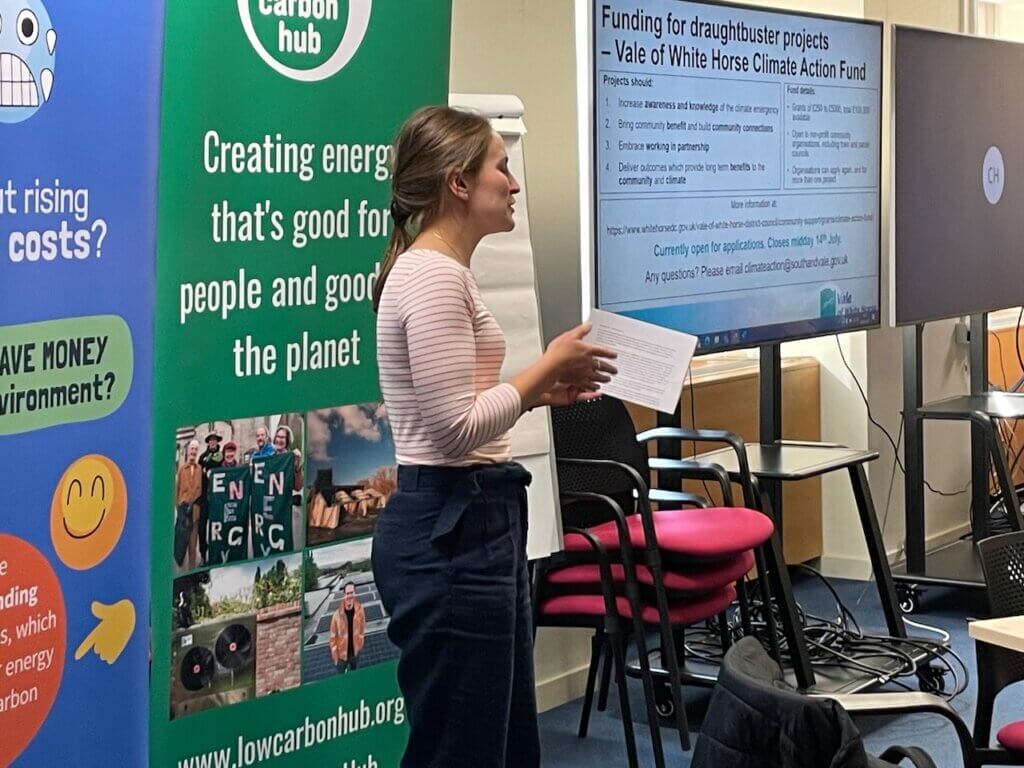
What is Draughtbusters?
Draughtbusters is a practical and cost-effective scheme that uses a team of trained volunteers to go into people’s homes to install simple energy saving measures, at no cost to the household, which will help to keep their homes warmer and save money on energy bills. It was originally started by Transition Town Reading, using grant funding from Reading Borough Council and aims to target those most in need. The priority groups are people living in fuel poverty, families with young children, the elderly, and people living under debt management. Referrals to Draughtbusters come from a range of sources, including Citizens Advice Bureau, local council’s welfare scheme, local debt advice agencies, GP’s, religious organisations, and charities.
An introductory talk by Tony Cowling from Reading Draughtbusters can be found here.
Sustainable Wantage Draughtbusters
The team have so far draughtbusted a total of 44 homes in Wantage, at an average cost of £25 per home for materials.
It was inspiring to hear from Sustainable Wantage and their team of volunteers that, not only was the project easier to set up than they had anticipated, but they found the whole experience to be worthwhile and enjoyable. The scheme works well with Low Carbon Hub’s energy advice programme, by providing hands on assistance to install simple measures to people living in cold, draughty homes who might struggle to install the measures themselves.
What’s needed to get going?
Sustainable Wantage needed some initial funding to get the project underway and received a Climate Action Fund award from Vale of White Horse District Council in 2022. Setting up the scheme took around two months with the bulk of that time spent on preparing paperwork, health and safety documents and applying for DBS checks and insurance.
This stage can be time consuming but is critical to the smooth running of the service. In a fantastic example of community spirit, Sustainable Wantage are keen to share their templates and resources, to encourage other groups to introduce the project in their communities.
The team have so far draughtbusted a total of 44 homes in Wantage, at an average cost of £25 per home for materials.
Volunteers
The good news for volunteers is that basic draught proofing is not difficult and does not require a lot of prior experience or high levels of skill. Draughtbuster volunteers will be working with others who have done it before, and always work in pairs, so that one can talk to the customer about reducing energy use and one can carry out the job.
A training webinar was arranged for the volunteers with Tony Cowling from Reading Draughtbusters.
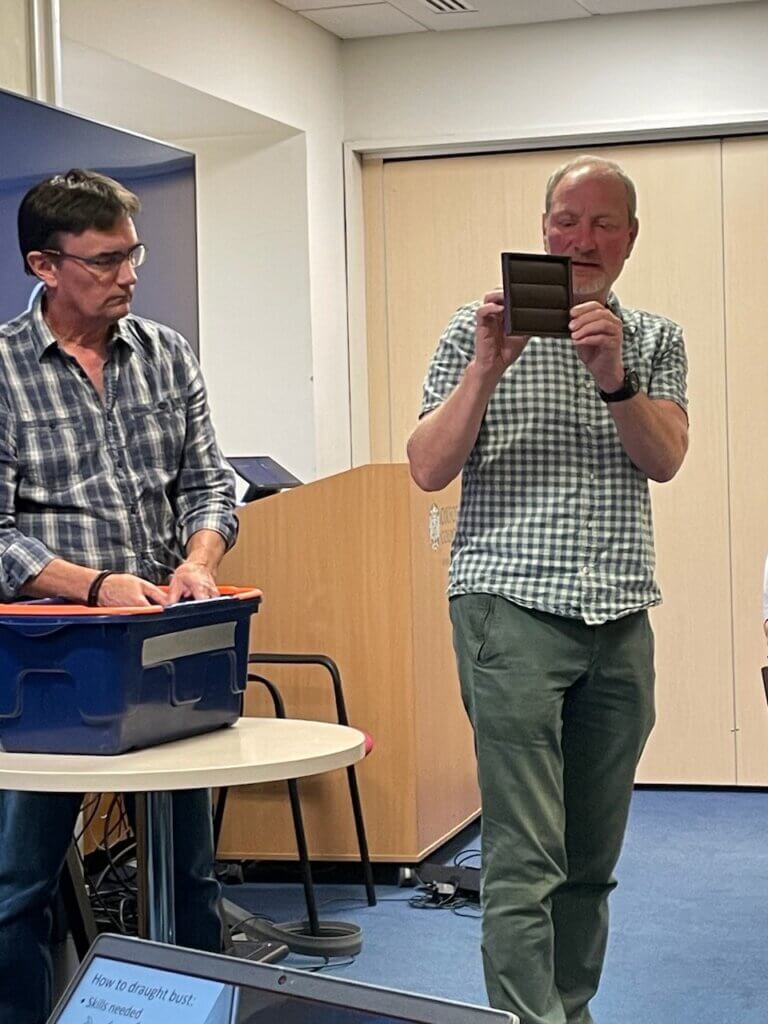
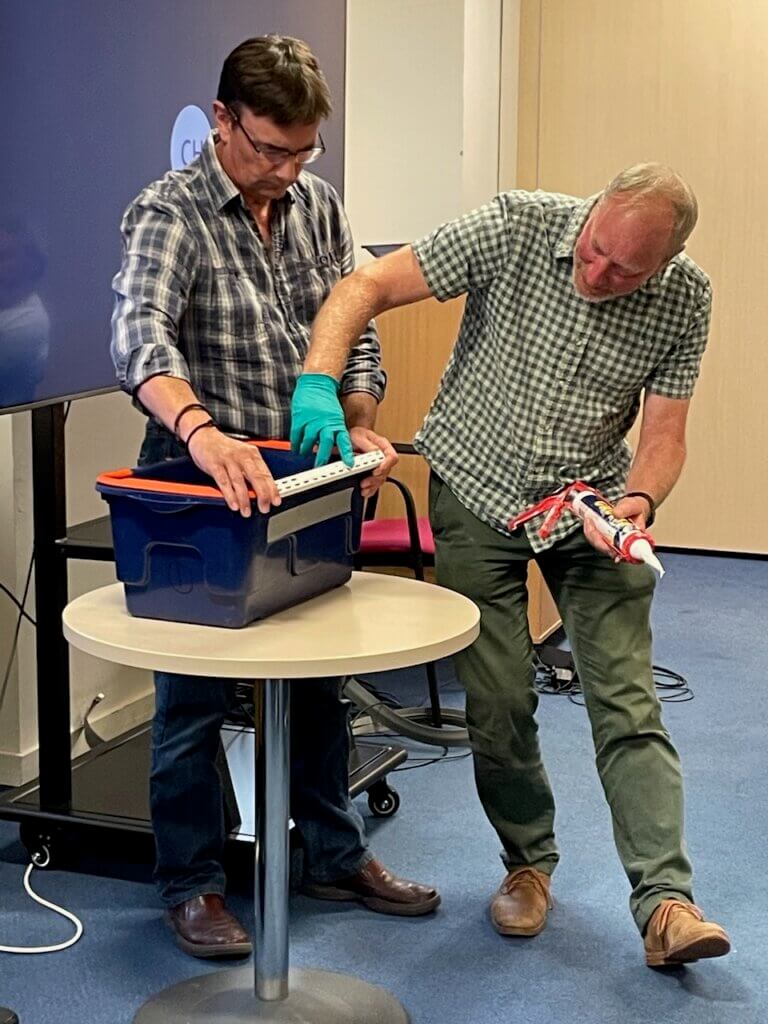
A critical volunteer role is that of Administrator, who basically organises the project and liaises with the customers. In the case of Sustainable Wantage, Jo Harvey set up the service and stressed the importance of discussing expectation with each customer, to make it easier for the Draughtbusters when they make contact.
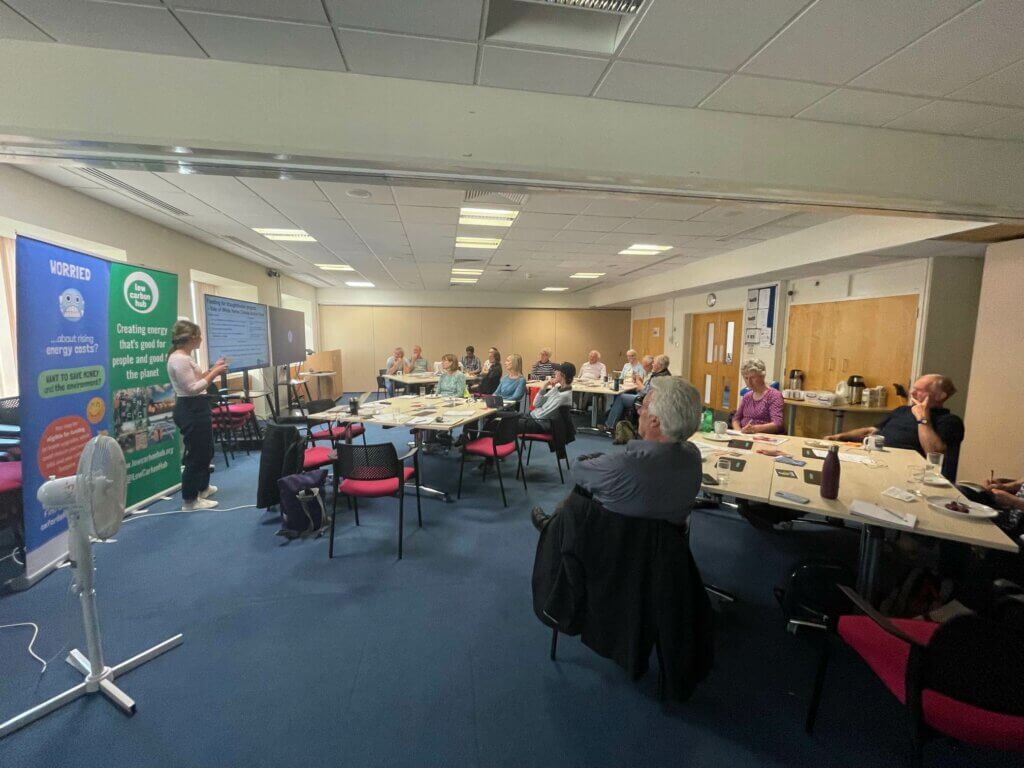
Paperwork and documents
Much of the research and drafting of documents has been done by Sustainable Wantage which will make it easier for other community groups to set up the scheme. Jo highlighted the importance of an efficient booking system and shared a template for a booking form, which ensures each Draughtbust runs smoothly. She also shared a risk assessment template and a visits checklist that tracks each activity and records what was carried out.
She also created a volunteer’s agreement so that everyone is clear on what is expected from them and arranged for DBS checks to be completed.
Insurance was provided through CaSE Insurance and Sustainable Wantage found that using the wording; ‘providing information on draught proofing to customers, as opposed to ‘providing advice,’ made insurance easier to obtain.
For more information please contact Jo Harvey josustainablewantage@gmail.com
Materials and tools
With the possible exception of a caulking gun, the tools needed are not sophisticated and can mostly be found in a typical household toolbox. The most needed tools were a good pair of safety scissors, a torch, and a scouring sponge for cleaning around window frames. The materials, such as draught proofing foam, are slightly more specialised, but all are generally readily available from a local hardware shop or one of the DIY superstores or builder’s merchants.
Sustainable Wantage suggested approaching local businesses for help with purchasing tools and extra items for the project. They received donations of equipment and materials and found local businesses were enthusiastic to help.
How does a Draughtbuster visit work?
The Sustainable Wantage volunteers; Ashley, Damian and Mike, talked us through a typical Draughtbusters visit and shared some invaluable learning.
The optimum time for Draughtbusting is October to April and the best time to approach people is as soon as it starts to get chilly. The whole visit lasts about an hour and consists of an assessment of the main sources of heat loss, followed by implementation of the draughtbusting measures.
Jo sent each customer a few reminders of their Draughtbuster appointment by text, as they repeatedly found that some people had forgotten and were not at home for the visit.
The most common jobs were fixing draught excluder to windows and doors, but the biggest issue was condensation. The Draught busters recommend having a leaflet or postcard that provides tips on how to avoid condensation, that can be left with the customers.
How did the customers respond to the service?
The majority of people referred were renting their homes and they could not believe the service was free. The volunteers found that many people were isolated and lonely and in need of social contact and enjoyed a good chat and a laugh during the visit. They also noted that some people have chaotic lives and live in difficult circumstances and require patience and understanding.
How did Draughtbusters engage local people?
Ashley, who attended Low Carbon Hub’s Energy Champion’s Training Day, took the energy advice stall to the designated Wantage Warm Space and referred nine people to Draughtbusters.
A great idea was to approach carers groups and organisations for referrals. They asked if the carers could carry leaflets about the project as they go into peoples’ homes.
If trying to engage people at a community larder, a useful piece of was to make sure you approach them on the way out, not the way in, as they found that people queuing for the larder to open did not want to be distracted.
Possible funding opportunities for Draughtbusting
Oxfordshire County Council
Dale provided information on retrofitting support, advice, and funding opportunities for Draughtbusting, in particular, the Home Upgrade Grant Phase 2, now called Welcome the Warmth Oxfordshire. Welcome the Warmth is a capital funding programme for domestic retrofit, aimed at low-income homeowners and private renters who are living in energy inefficient homes. It can provide a range of energy-efficiency improvements for your home, fully-funded by Oxfordshire County Council and is open for two years.
Vale of White Horse Climate Action Fund
Jessie reminded community groups in Vale that they could still apply for a grant from the Climate Action Fund to help set up a Draught Busters project in their community but the application deadline for this year was 14 July. Abingdon Carbon Cutters were so inspired by the event that they managed to swiftly apply for Climate Action Funding to get the project up and running in Abingdon. Sustainable Wallingford are hoping to set up the scheme in the Autumn.
South Oxfordshire & Vale of White Horse District Councils
There is support for Retrofitting homes that is available as grant funding or loans for home improvement from South Oxfordshire, and Vale of White horse District Councils.
Low Carbon Hub
If your community group is a member of Low Carbon Hub, you can apply for a large grant of up to £5000 when the Community Grant Fund opens for applications in the Autumn. Our community groups can also apply for a small grant of £500 anytime during the year. Look out for the launch date of the large grant applications in our newsletters and website.
Westmill Solar Cooperative
Westmill Solar Cooperative’s Community Grant Scheme is now open for applications for grants of up to £5000 from community organisations based in Oxfordshire or within 25 miles of the Westmill site. Applications close on Monday 25 September 2023.
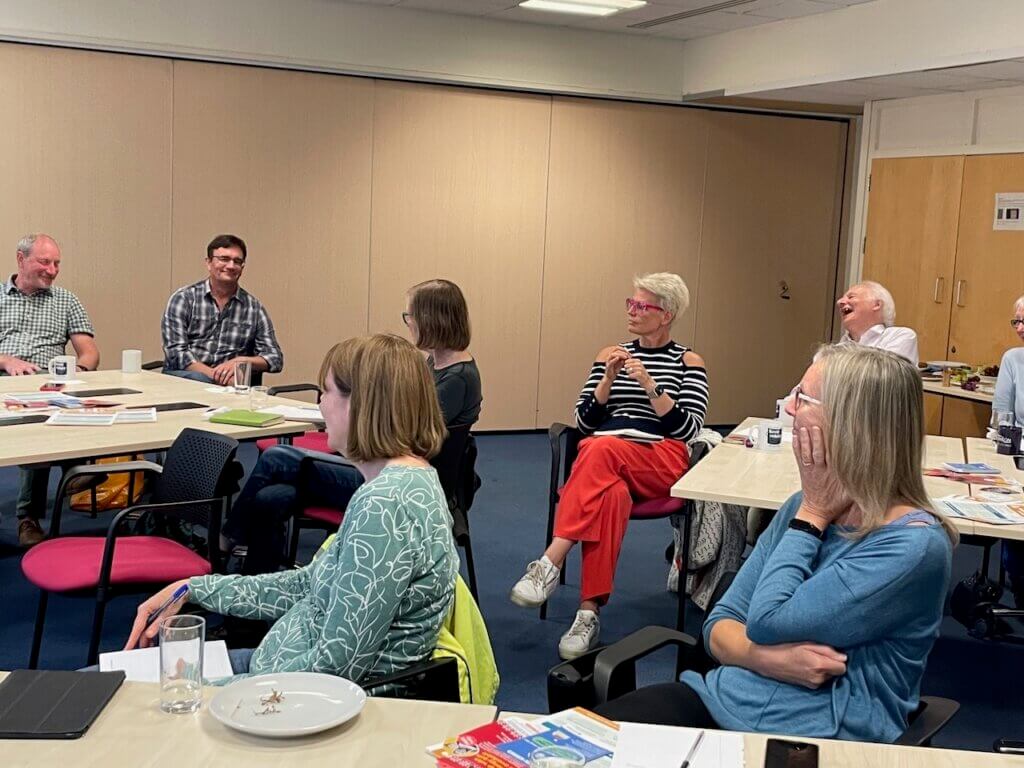
Dates for your diary:
By popular demand, Low Carbon Hub will be repeating the Thermal Imaging Training session with Dale Hoyland on Wednesday 18 October at County Hall at 6pm – 8.30pm. Watch out for the Eventbrite invitation in our newsletters and social media soon.
Low Carbon Hub’s next Energy Champion’s training day will be on Friday 3 November. Venue to be confirmed and details to follow soon.
